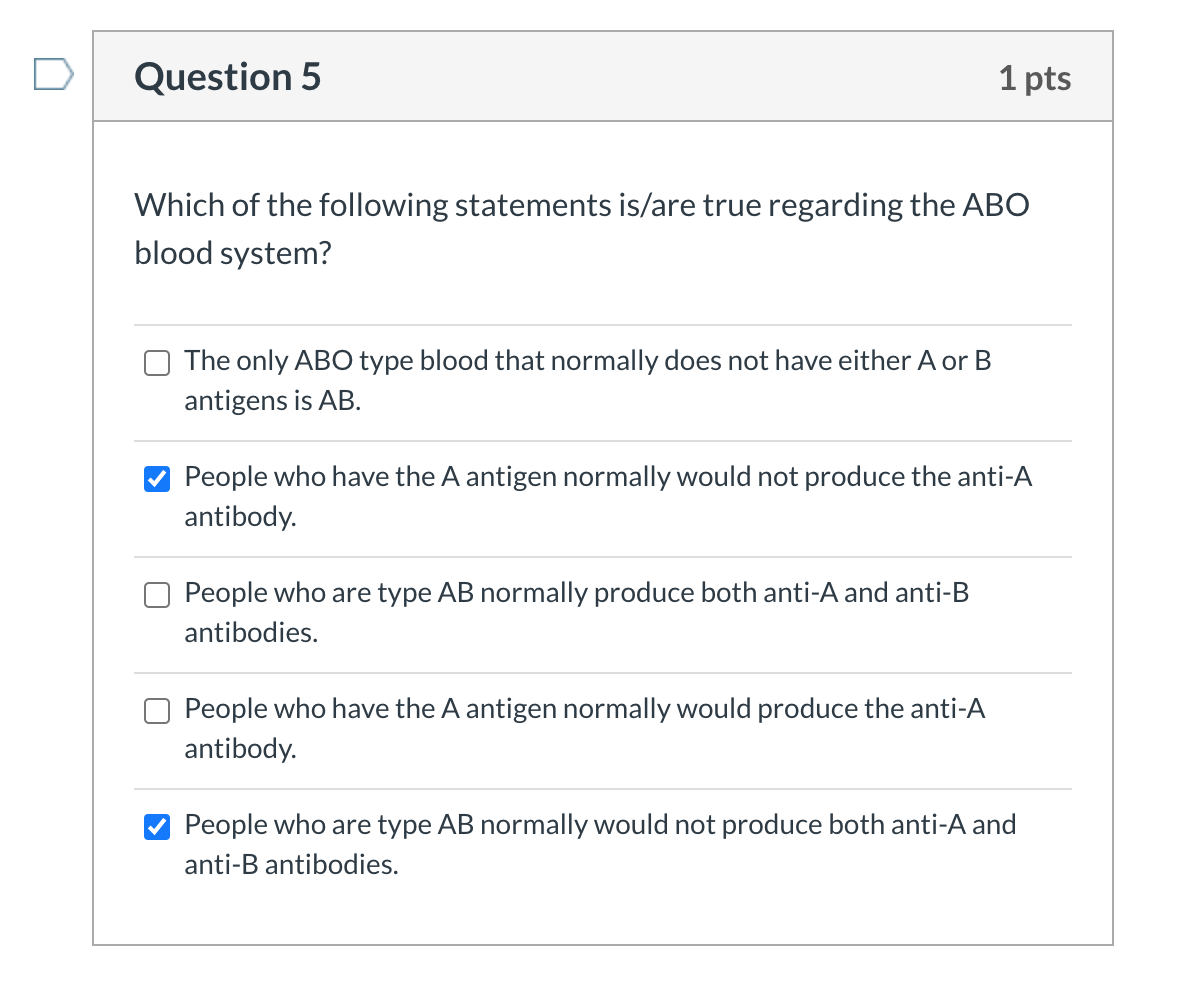Which Of The Following Statements Regarding Blood Pressure Is Correct

In a recent health survey, a seemingly simple question about blood pressure revealed a concerning level of misunderstanding among the general population. The question, "Which of the following statements regarding blood pressure is correct?" exposed a lack of clarity surrounding this vital health metric, potentially impacting preventative care and overall well-being.
This article delves into the common misconceptions surrounding blood pressure, highlighting the correct answer to the posed question, and exploring the broader implications of public understanding of cardiovascular health. It's crucial to address these knowledge gaps to empower individuals to take proactive steps towards managing their blood pressure effectively.
Understanding Blood Pressure Basics
Blood pressure is the force of your blood pushing against the walls of your arteries. It's typically measured with two numbers: systolic (the pressure when your heart beats) and diastolic (the pressure when your heart rests between beats). These measurements are expressed as millimeters of mercury (mmHg), such as 120/80 mmHg.
According to the American Heart Association (AHA), a normal blood pressure reading is less than 120/80 mmHg. Elevated blood pressure is when readings consistently range from 120-129 systolic and less than 80 mmHg diastolic. Hypertension, or high blood pressure, is diagnosed when readings consistently reach 130/80 mmHg or higher.
The Correct Statement and Common Misconceptions
While the specific multiple-choice options from the survey weren't publicly disclosed, the underlying concept often misunderstood is that blood pressure is dynamic and can fluctuate throughout the day. Factors like stress, activity level, diet, and even the time of day can influence blood pressure readings.
One common misconception is that blood pressure only matters when you feel symptoms. Many people with high blood pressure have no symptoms, making it a "silent killer." Regular monitoring is therefore essential for early detection and management.
Another prevalent myth is that only older adults need to worry about high blood pressure. While the risk increases with age, high blood pressure can affect anyone, including children and young adults. Lifestyle factors and genetics play a significant role.
Some individuals also believe that medication is the only solution for high blood pressure. While medication can be crucial, lifestyle modifications such as diet, exercise, and stress management are often the first line of defense and can significantly impact blood pressure levels.
The Importance of Accurate Information
Misunderstanding blood pressure can have serious consequences. Undiagnosed or poorly managed hypertension increases the risk of heart disease, stroke, kidney disease, and other health complications. Accurate information empowers individuals to make informed decisions about their health and seek appropriate medical care.
Public health campaigns and educational initiatives play a vital role in dispelling myths and promoting accurate knowledge about blood pressure. Healthcare providers also have a responsibility to educate their patients about blood pressure management and the importance of regular monitoring.
According to the Centers for Disease Control and Prevention (CDC), about 47% of adults in the United States have hypertension, but many are unaware of their condition or are not adequately managing it. This highlights the urgent need for improved public awareness and access to care.
Practical Steps for Blood Pressure Management
Managing blood pressure effectively involves a combination of lifestyle changes and, in some cases, medication. Regular physical activity, such as brisk walking or swimming, can help lower blood pressure.
A healthy diet low in sodium and rich in fruits, vegetables, and whole grains is also crucial. The National Heart, Lung, and Blood Institute (NHLBI) recommends the DASH (Dietary Approaches to Stop Hypertension) diet, which emphasizes these principles.
Limiting alcohol consumption, quitting smoking, and managing stress through techniques like meditation or yoga can also contribute to healthy blood pressure levels. Regular monitoring at home or at a doctor's office is essential for tracking progress and making necessary adjustments to treatment plans.
Conclusion
The survey question highlighted a significant gap in public understanding of blood pressure. Addressing these misconceptions through education and awareness campaigns is crucial for improving cardiovascular health outcomes.
By empowering individuals with accurate information and promoting proactive lifestyle changes, we can collectively work towards preventing and managing hypertension, ultimately reducing the burden of heart disease and stroke on society. Individuals should consult with their healthcare provider to determine the best course of action for their specific needs and risk factors.

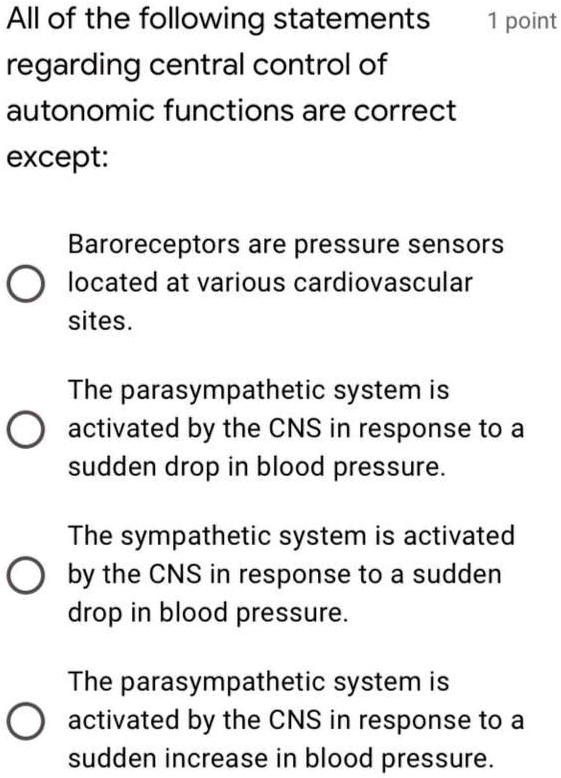
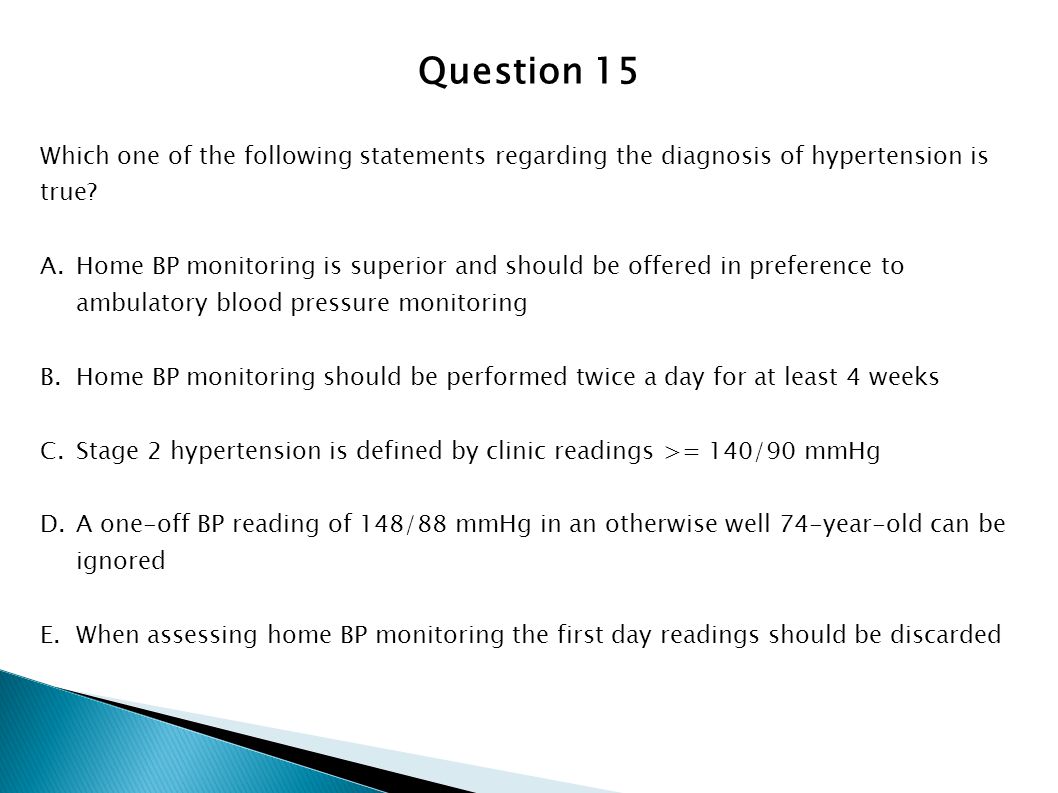
+Blood+pressure+is+constant+throughout+the+body..jpg)

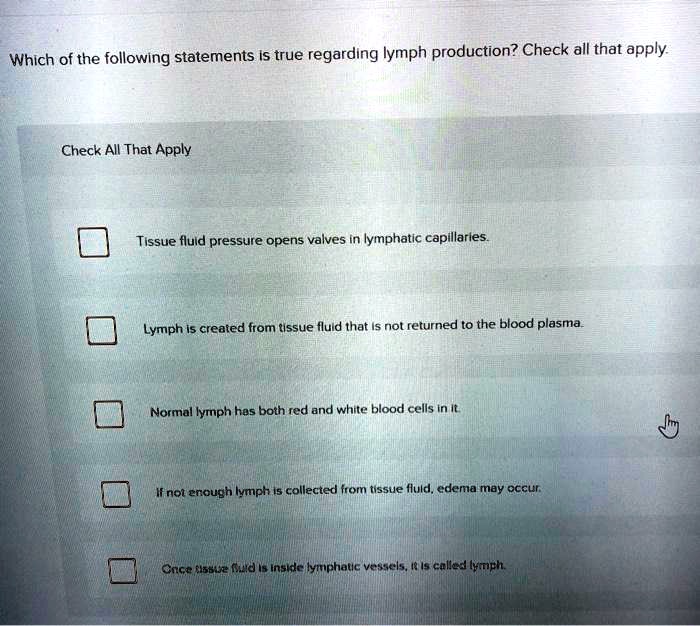
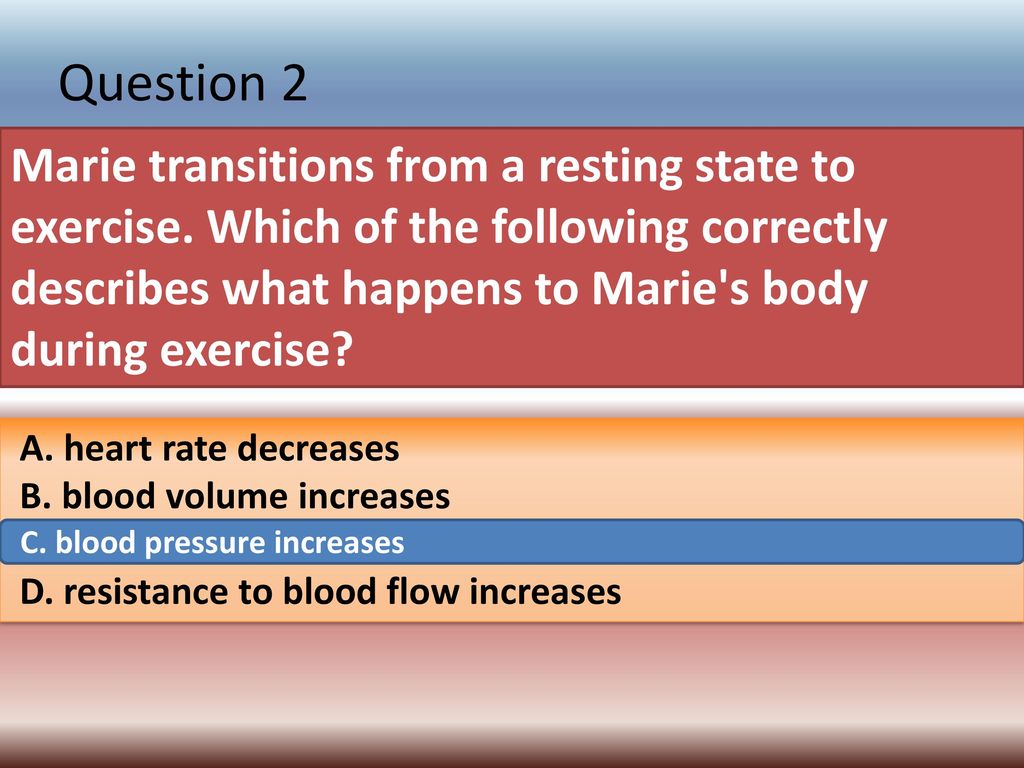
![Which Of The Following Statements Regarding Blood Pressure Is Correct [ANSWERED] Which statement is true about blood pressure O The diastolic](https://media.kunduz.com/media/sug-question-candidate/20240122191145691494-4553535.jpg?h=512)



